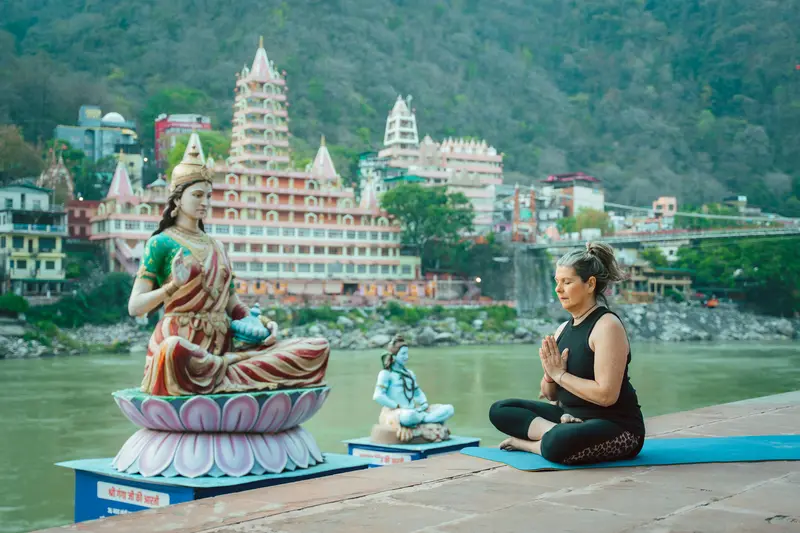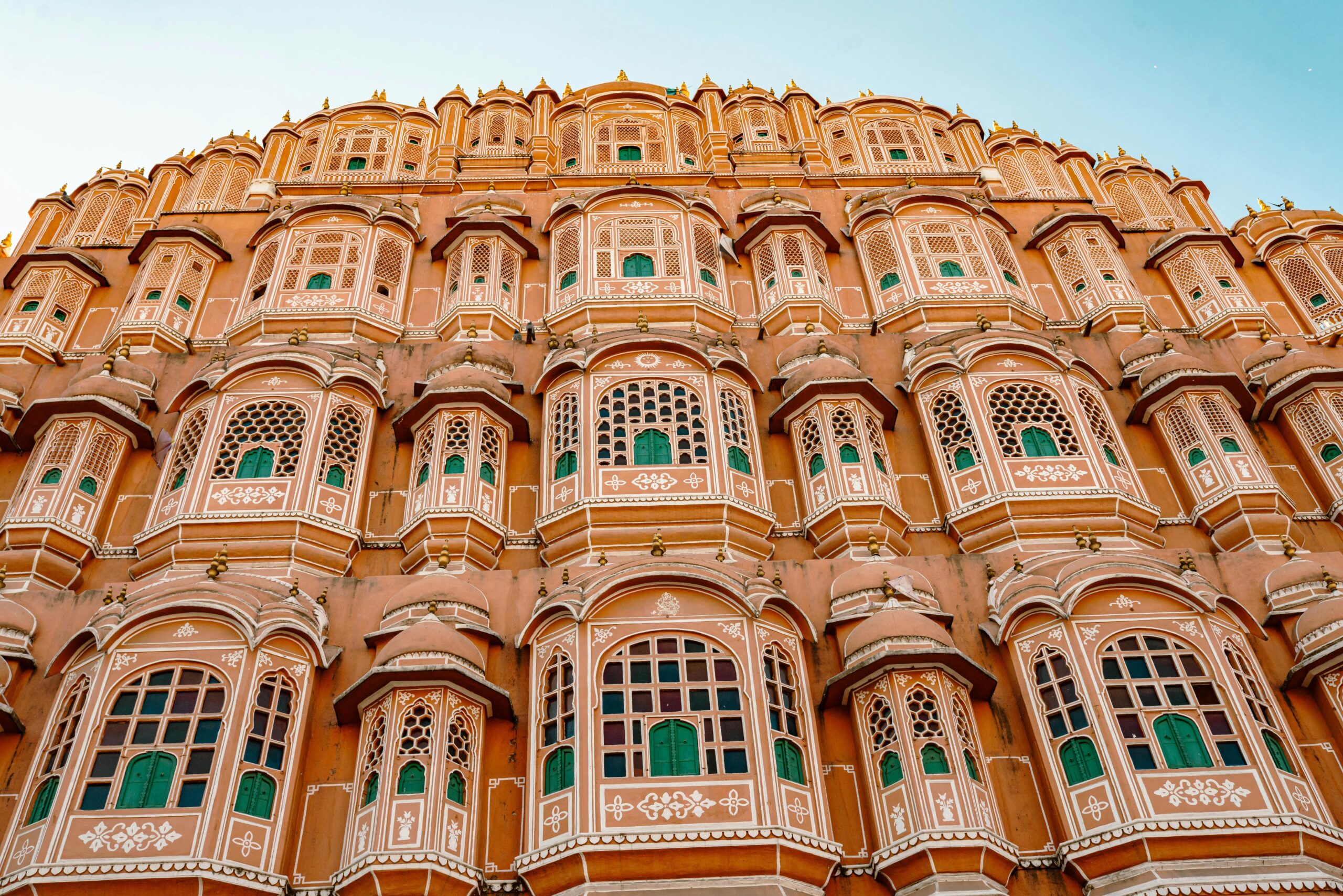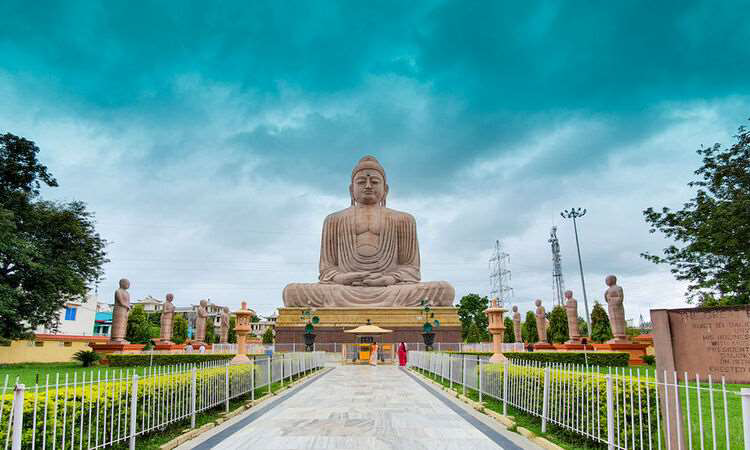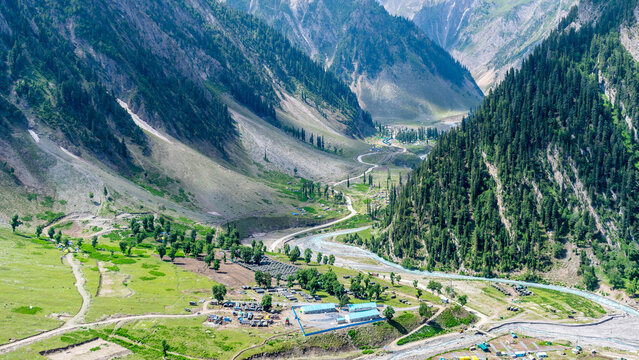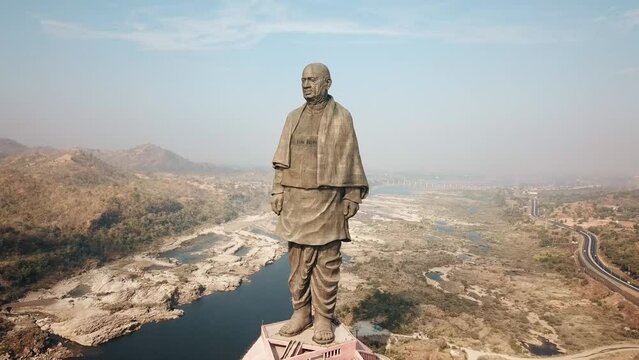
Duration: 11 Days
Cities Covered:
Delhi – Haridwar – Amritsar – Dharamshala – Jammu (Vaishno Devi)
The journey through the Religions Of India is not just a pilgrimage but a deep encounter with faith, history, and culture. From the sacred ghats of the Ganges in Haridwar to the Golden Temple’s glowing serenity in Amritsar, and the spiritual calm of Dharamshala’s monasteries to the divine energy at Vaishno Devi, every stop echoes the soul of India. This route reflects the nation’s spirit of unity in diversity, where multiple beliefs coexist in harmony, forming the foundation of India’s identity.
Delhi – The Crossroads of Faith and History
Delhi, the capital city, embodies India’s religious and cultural tapestry. Temples, mosques, churches, and gurudwaras stand as testaments to centuries of devotion. The Lotus Temple, Jama Masjid, Akshardham, and Gurudwara Bangla Sahib represent different faiths coexisting with mutual respect. The city’s diversity is a reflection of the Religions Of India, where ancient traditions blend seamlessly with modern life. Delhi marks the perfect beginning for this spiritual journey , a place where prayer echoes from every corner and every faith finds its voice.
Haridwar – The Gateway to the Gods
Haridwar, nestled along the banks of the Ganges, is one of India’s most sacred cities. Pilgrims from across the country gather here to bathe in the holy river, seeking purification and blessings. The evening Ganga Aarti at Har Ki Pauri is a mesmerizing experience , lamps floating on the river, chants filling the air, and a collective sense of peace embracing all. As part of this faith-centered journey, Haridwar represents devotion in its purest form, carrying forward the ancient traditions of Hindu spirituality.
Amritsar – The Heart of Sikh Devotion
Amritsar radiates spiritual strength through the presence of the Golden Temple, one of the most revered shrines in the world. The shimmering reflection of the temple on the Amrit Sarovar and the heartfelt service of langar symbolize equality and compassion , the pillars of Sikh philosophy. The city also holds emotional depth through the Jallianwala Bagh Memorial, reminding visitors of sacrifice and unity. Amritsar showcases how faith in India transcends rituals, embracing community service and universal brotherhood.
Dharamshala – The Home of Tibetan Buddhism
Dharamshala, surrounded by the Himalayas, is a sanctuary of peace and reflection. The presence of the Dalai Lama and the Tibetan government-in-exile makes it a vital center for Buddhism in India. Monasteries such as Namgyal and Gyuto fill the air with the hum of chants and spinning prayer wheels. Beyond its religious significance, Dharamshala stands as a beacon of harmony, reminding travelers of India’s inclusive ethos. Its serenity offers a pause , a space to reconnect with inner peace amid nature’s calm.
Jammu – The Divine Path to Vaishno Devi
Jammu holds immense religious importance as the starting point for the sacred Vaishno Devi pilgrimage. Nestled in the Trikuta Hills, the Vaishno Devi Temple attracts millions of devotees each year. The journey to the shrine is a test of faith and endurance, filled with chants of devotion and collective spirit. Apart from the temple, Jammu is also home to Raghunath Mandir and Ranbireshwar Temple, adding to its spiritual landscape. The city beautifully concludes this route of sacred energy , a destination where devotion meets divine fulfillment.
The Essence of the Journey
This route curated by Ashoka Holidays reflects the deep-rooted spirituality that defines India. The path from Delhi to Vaishno Devi passes through the living expressions of Hinduism, Sikhism, and Buddhism , a journey that mirrors the unity in diversity that India stands for. Each destination carries the legacy of centuries of devotion, reminding travelers that faith in India is not bound by temples or rituals, but by compassion, coexistence, and reverence for all.
Conclusion
The story of the Religions Of India is a story of balance, belief, and belonging. It shows how faith continues to guide lives, connect hearts, and shape India’s cultural soul. Through this thoughtfully designed tour, Ashoka Holidays offers travelers an experience that goes beyond sightseeing , it’s a journey into the spiritual heart of a nation where divinity is lived every day.
People Also Ask
How many major religions are practiced in India?
India is home to several religions, including Hinduism, Islam, Christianity, Sikhism, Buddhism, and Jainism, each contributing to the nation’s cultural fabric.
What makes India unique in terms of religion?
India’s uniqueness lies in its harmony among multiple faiths and its deep respect for spiritual diversity across regions.
Is Haridwar significant only for Hindus?
While rooted in Hindu tradition, Haridwar’s cultural spirit and inclusiveness attract people from all faiths seeking peace and blessings.
What is the importance of Amritsar in Sikhism?
Amritsar’s Golden Temple is the holiest site in Sikhism and a global symbol of unity, equality, and service to humanity.
Why is Dharamshala known as the center of Buddhism in India?
It serves as the residence of the Dalai Lama and a hub for Tibetan Buddhist teachings and monasteries.
How difficult is the Vaishno Devi trek?
The trek is moderate and can be completed by most visitors with basic fitness, supported by resting points and assistance services.
What is the best time to plan this religious tour?
October to March offers comfortable weather, making it ideal for visiting temples, monasteries, and sacred rivers.
Can this tour be customized for specific religious interests?
Yes, Ashoka Holidays provides flexible itineraries to match personal spiritual preferences and comfort levels.


